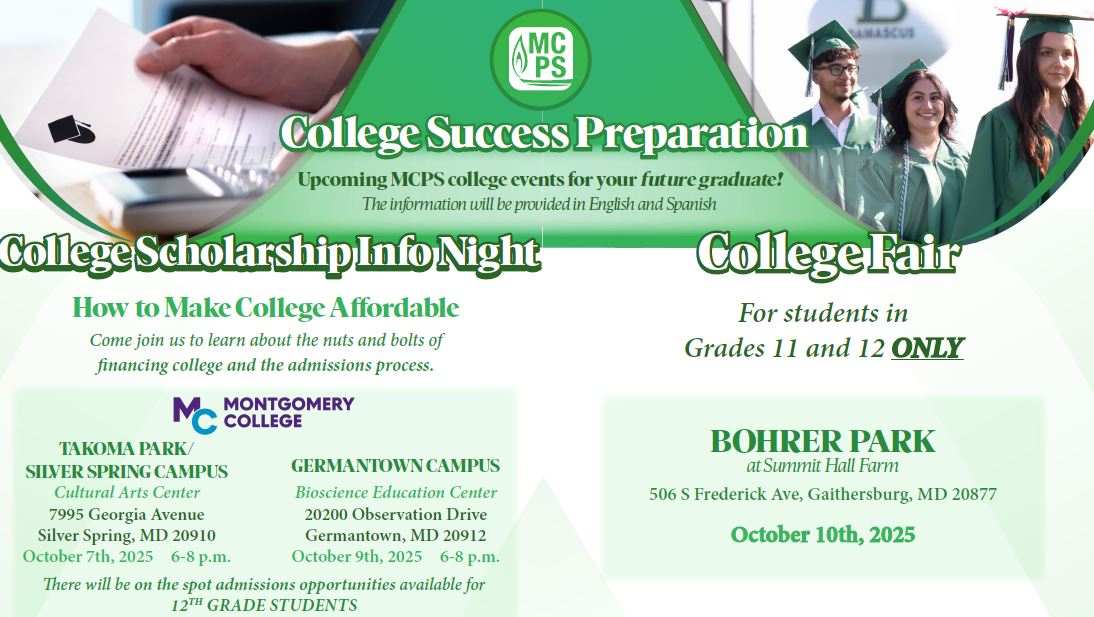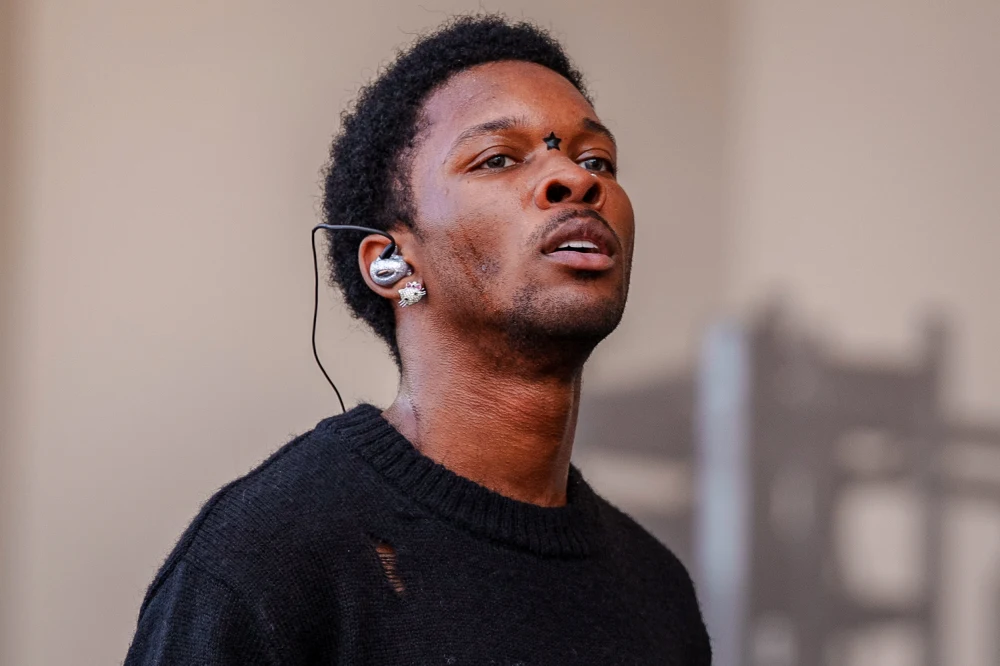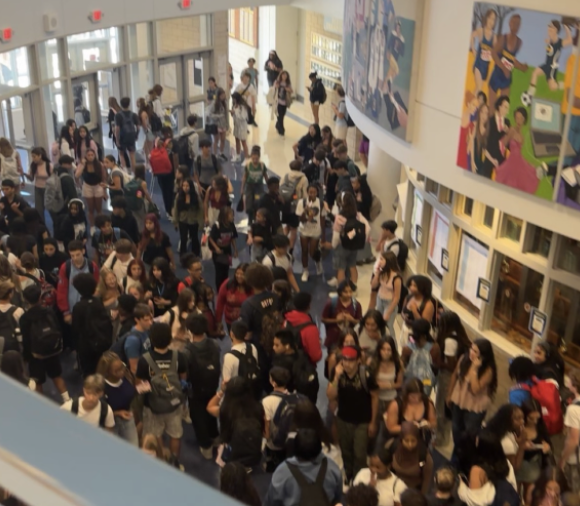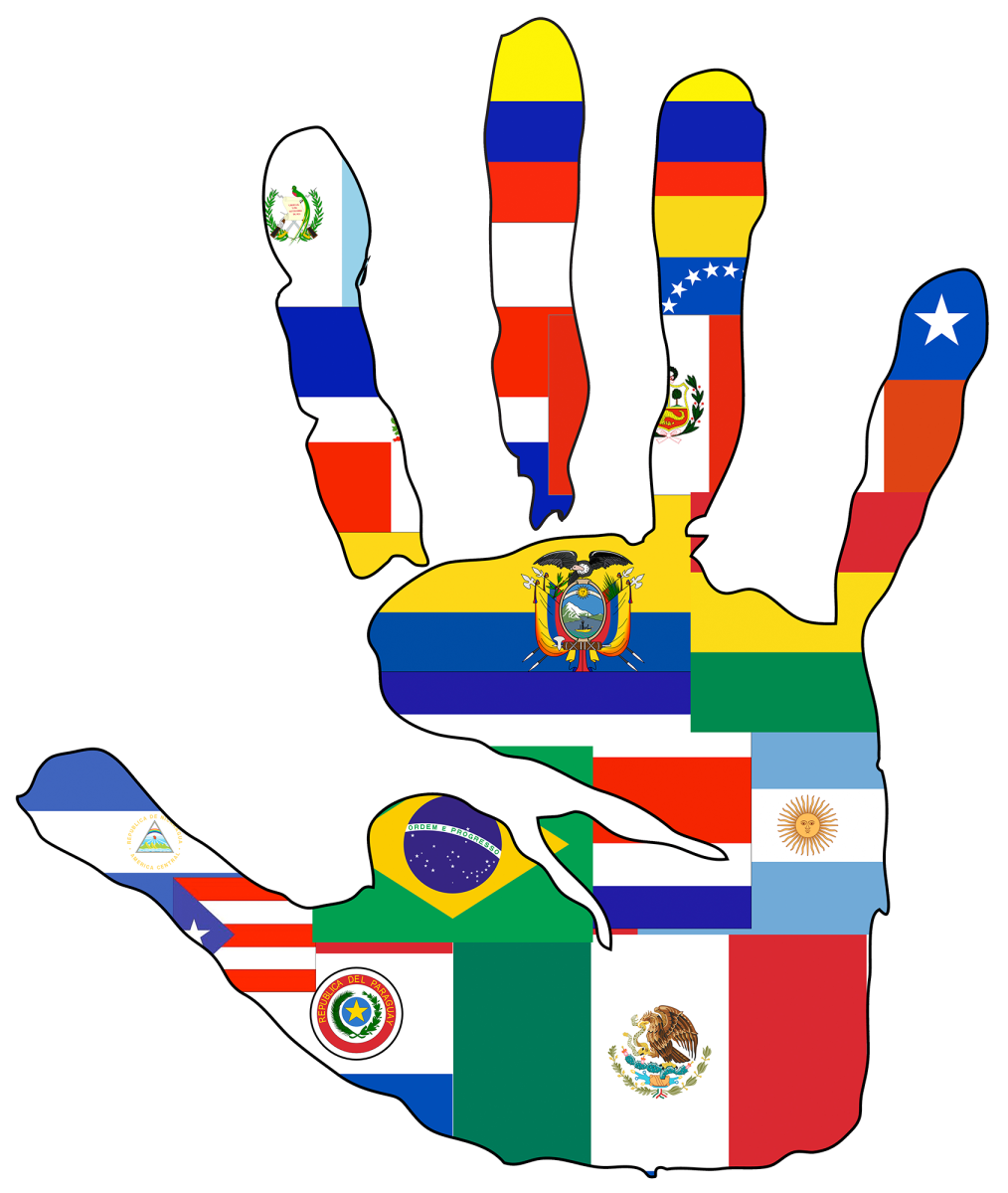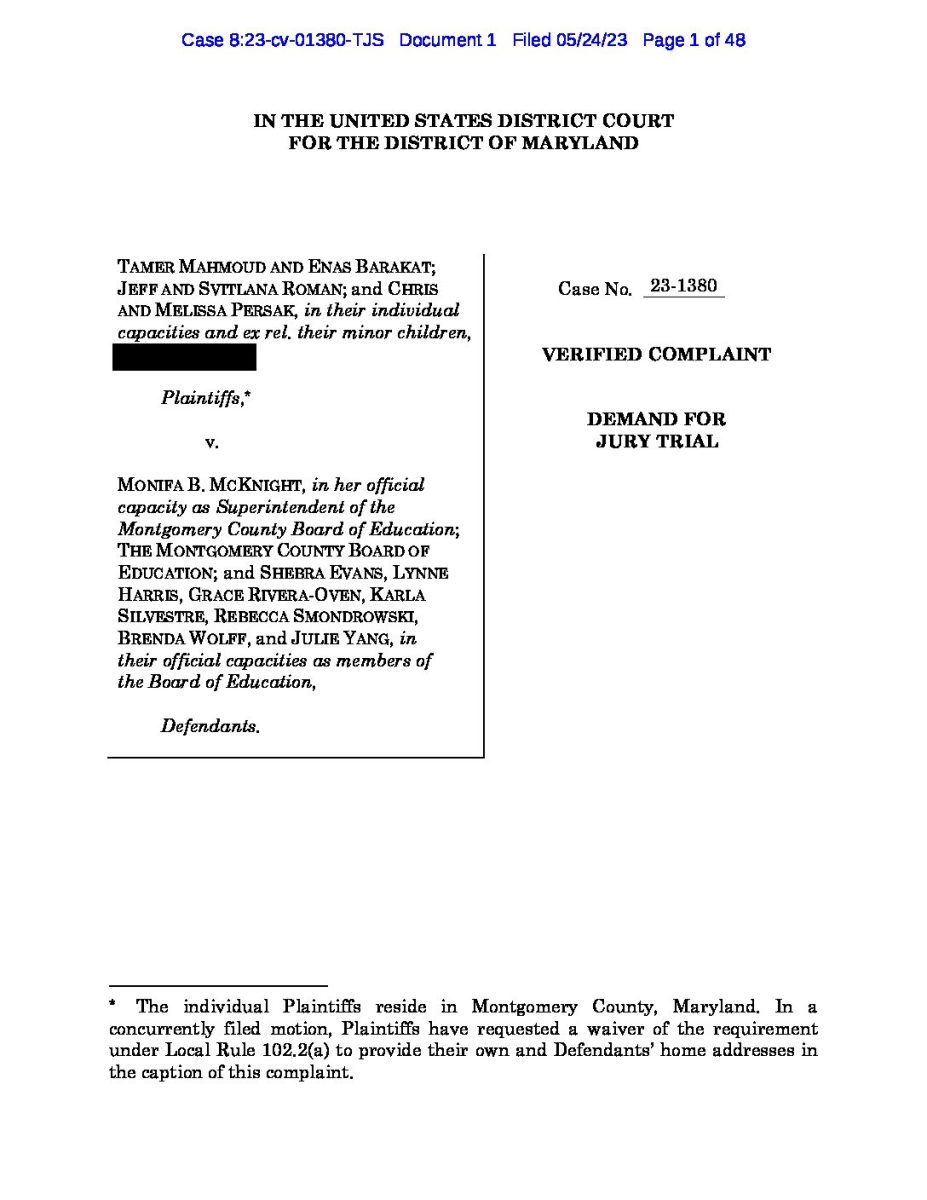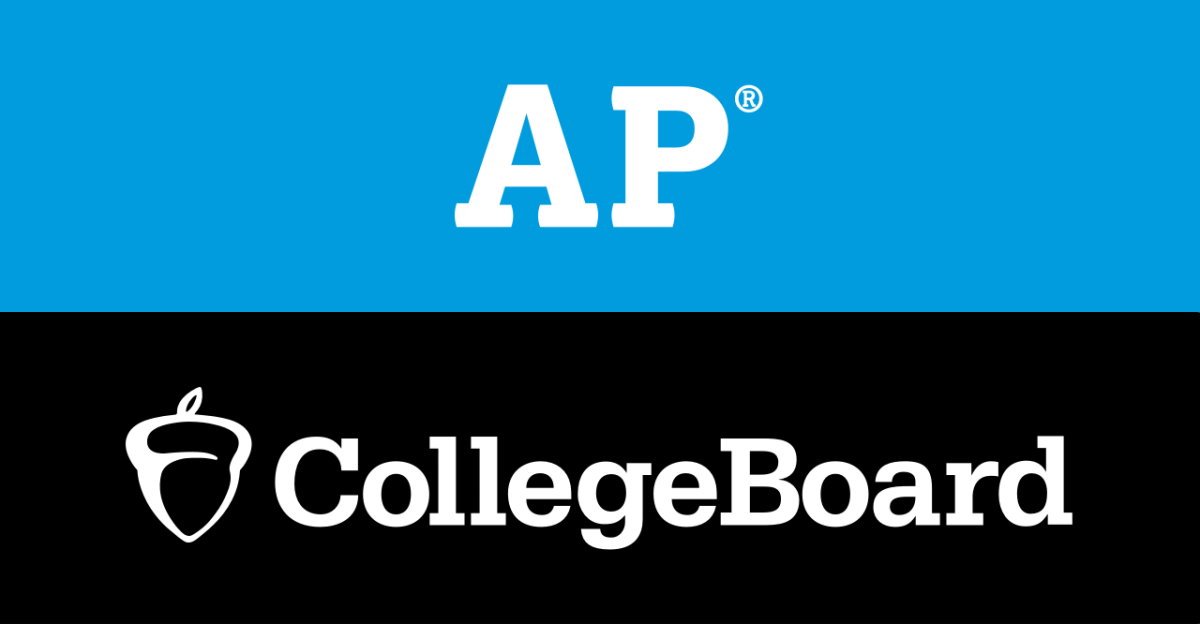Nearly everyone has seen the memes: the iPad kid with sticky fingers or older adults pecking their fingers at individual keys. These show ways the human race has reacted to technology since the beginning. Since the launch of applications such as MySpace and Tumblr, people have had all the information they wanted at their fingertips. Rather than using a dictionary, or reading a newspaper, now humans can find answers faster than the time it takes to flip through a textbook. Recently, however, there has been an uptick in fake news in the social media spotlight. Many adults are unsure of what to trust, and young people have started to believe false narratives. After almost 30 years, does anyone truly know how to Google?
Advertisers and web content producers count on people seeking out confirmation bias, or perusing information that relates to their beliefs and values. The algorithm adapts, and the server produces more information of the same slant. As a result, this also occurs a substantial amount during school. If students want to prove a point, they can easily find a biased article that supports the point they need to get across. Many of this research winds up in assignments.
Along with wanting their beliefs affirmed or points proven, impressionable young people often rely on answers written by unreliable sources. When asked, B-CC students said TikTok was their most sought-after resource to provide answers to many questions, starting from information about current events or personal questions.
“I think that TikTok is where the most fake news is spread. I do not really believe any of the stuff I see on there, but I know a lot of people that do,” Junior Kris Jarazi commented. “I also see a lot of fake celebrity news on there. It is stupid because a random person could say that Justin Bieber had a heart attack, and everyone would hop onto that information and spread it around.”
In addition to the surge of TikTok, many are worried about the beginnings of Generation Alpha using the internet. Will younger children be more open to learning about media literacy, or develop in the opposite direction? Millennials, raised in the age of technology, will teach their kids to be more wary of what they see, says mother and English teacher Mrs. Sullivan. “For right now, I let her use her tablet an hour a day, and [my daughter] can only watch things that she asks me for. YouTube is off-limits, and we have restricted sites for her… I am just taking it year by year.”
With the progression of technology, people are now opening their eyes more to stories or links that may be too good to be true. Senior Rae Hutko shared, “My number one way to decipher between the real and the fake is to ask a credible and reliable source instead of relying on the internet.” B-CC alumni Stella Randel said, “I think the one thing that kids do is scroll for hours on Instagram Reels or TikTok. It is horrible for your health and your outlook on the world. The stories you see are not real, and it literally feels like brain rot sometimes.”
As humans are impressionable naturally, they need to be sure that the information they are ingesting is correct. The best way to go about being open-minded on the internet is to be aware of information sources. Is the website published by a university or perhaps the government? Even though it is a bit biased depending on the channel, try to watch or read the news. The last tip is to be patient with devices. Slamming the “Enter” key on your computer won’t make the internet move any faster. If critically looking through sources online isn’t appealing, avoid trying to WikiHow it. Y’know, you can always go back to before the nineties and visit the local library.




